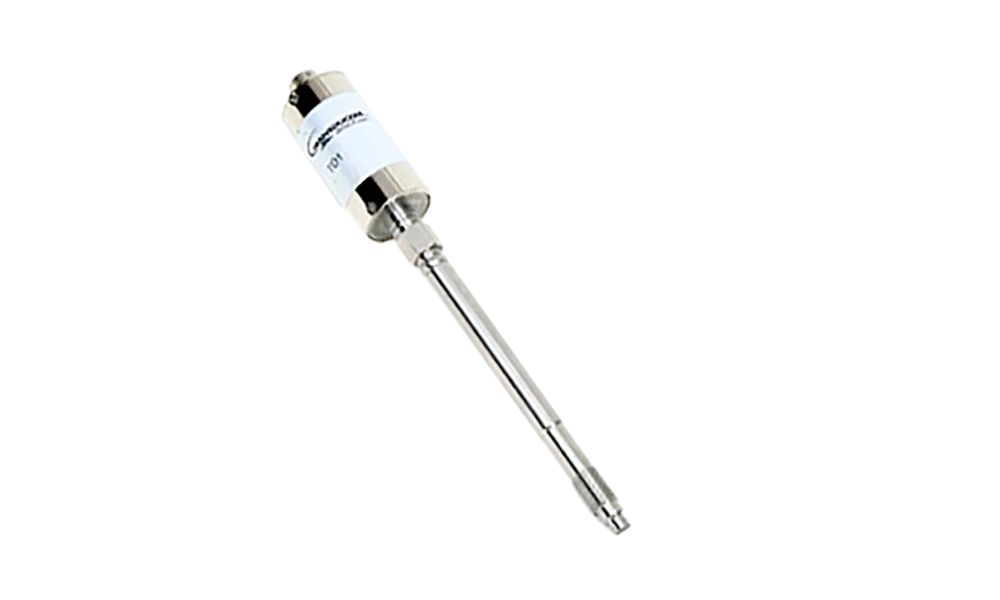How Does Temperature Affect Pressure Transducers?

Pressure transducers are vital tools for converting pressure into an analog electrical signal for precise measurements. However, temperature can significantly influence their performance. Read on to discover how temperature affects pressure transducers and tips for mitigating the impact.
The Impacts of Temperature on Performance and Accuracy
Pressure transducers convert pressure into an electrical signal interpreted as a pressure reading. The core component of a pressure transducer is a diaphragm, a flexible disc that bends in response to the applied pressure. Strain on the diaphragm generates a signal proportional to the pressure, providing a measurement.
However, temperature changes can impact the performance and accuracy of pressure transducers. Heat, for instance, can disrupt the strain or flex function of the transducer’s diaphragm. As the temperature rises, the diaphragm can expand, altering its flexibility and ability to measure pressure. Other internal components of the transducer, such as the gauges, can elongate or contract with temperature fluctuations. Physical alterations can cause inaccuracies in pressure readings.
Mitigating Extreme Temperatures
Modern pressure transducers can resist the effects of temperature changes without performance or accuracy issues. These devices often incorporate temperature compensation systems that adjust to the outside temperature.
Temperature compensation systems help pressure transducers display readings. They compensate for the effect on the diaphragm and other internal components of the transducer by adjusting the electrical signal output. Despite temperature variations, the transducer can still provide accurate and reliable pressure readings. Of course, the degree of compensation depends on your application and needs; that’s where calibration comes into play!
Calibration Is Key!
Pressure transducers require calibration before using them for any application. Calibration does not merely involve setting up the device; this rigorous process allows the transducer to function under various conditions. The process involves adjusting the transducer’s response to match a known input, which maintains the device’s accuracy.
Calibration allows for the compensation of extreme temperature changes. You can mitigate the effects of temperature on the device’s performance by calibrating a pressure transducer to function under a temperature range. Despite the environmental changes, the pressure readings are accurate.
Temperature affects the performance and accuracy of pressure transducers. Thankfully, complementary technologies mitigate these impacts and ensure stable and accurate pressure measurements. Check out our selection of melt pressure sensors at Transducers Direct!


Leave A Comment